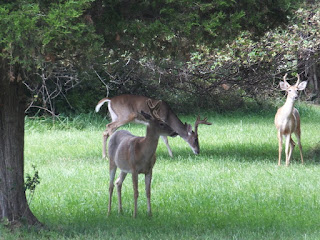I spent Sunday afternoon rewrapping my large quilts that were in the last show. All had been piled on my son's bed. I suppose he probably deserves to sleep in his room over Thanksgiving break.
I rolled the large quilts on to cardboard tubes wrapped in white cotton sheets and placed them in a closet (on the floor like logs)...but only after I pulled out all the boxes and sewing machines (3), a flute, a box of old photos, several boxes of my mother's things and some old linens and doilies. I vacuumed and then wanted to quit but knew with the holiday coming quitting then would be a mistake.
Then one wonders why do we keep the things we do...hmm. For me the time is not yet right. I have to hold on a bit longer. Memories. You get it. There are memories of mine and my mother's in those boxes, and I think some of my great grandmother's as well.
Here is something else I found in the closet (in a box I had forgotten). A framed picture of Queen Victoria's wedding bonnet probably saved from my great grandmother Maria Laughead Jones's home along the Wabash River in Indiana.
 |
| Queen Victoria's Wedding Bonnet - front |
 |
| Reverse side "Queen Victoria's Wedding Bonnet 1840" |
What are you saving in the back of your closet? And what have you being willing to give away?
(Just so you know, I did put the holiday cards from 2009-2011 in the recycling bin.....)




















